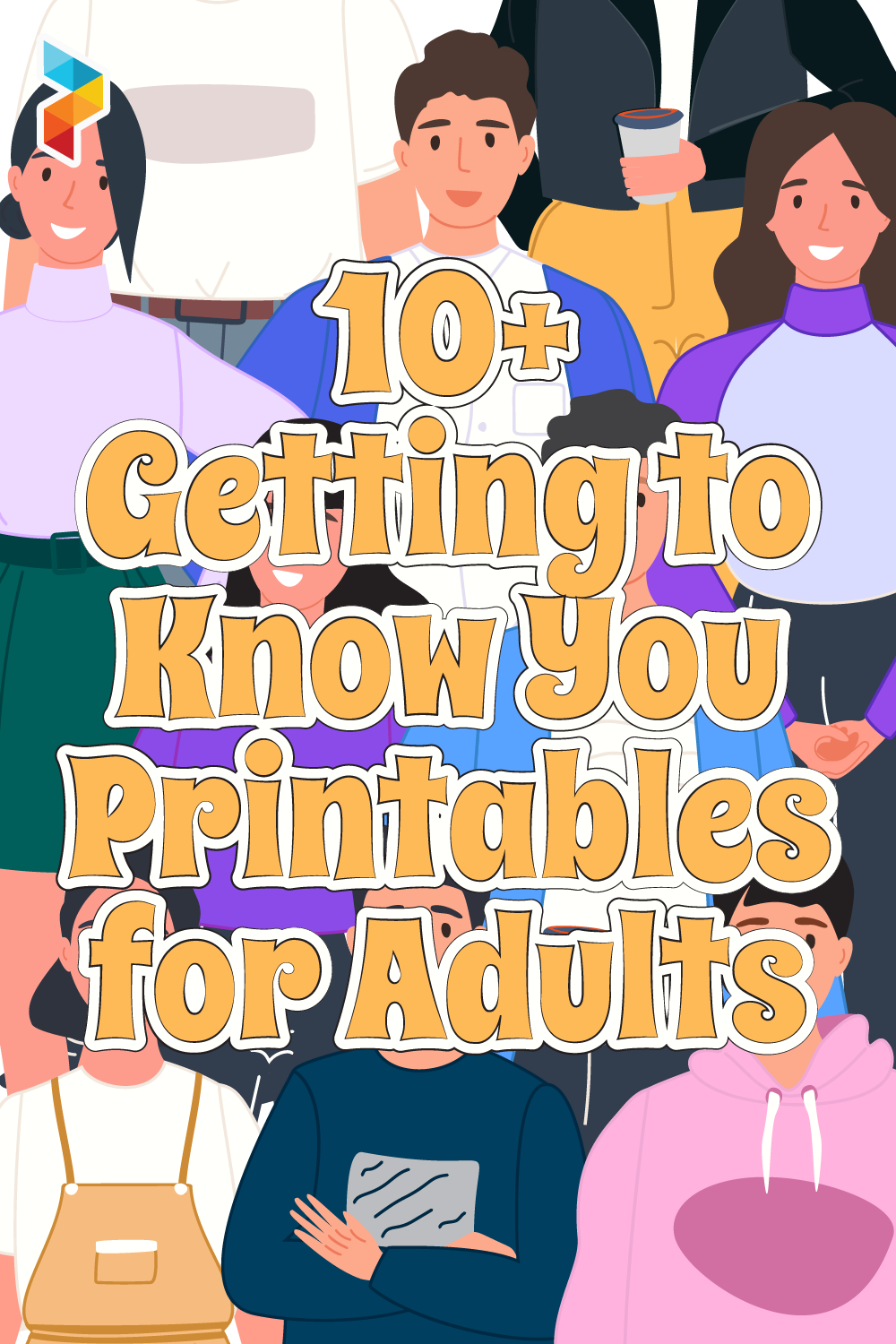
Getting to Know You" printables for adults are great tools for sparking conversations and building relationships in new groups.
These sheets often include prompts and questions that encourage sharing personal stories, preferences, and experiences.
You can use them at team-building events, workshops, or small gatherings to break the ice and foster a sense of community among participants. They make getting to know each other a more structured yet fun exercise, helping to ease any initial awkwardness and pave the way for deeper connections.

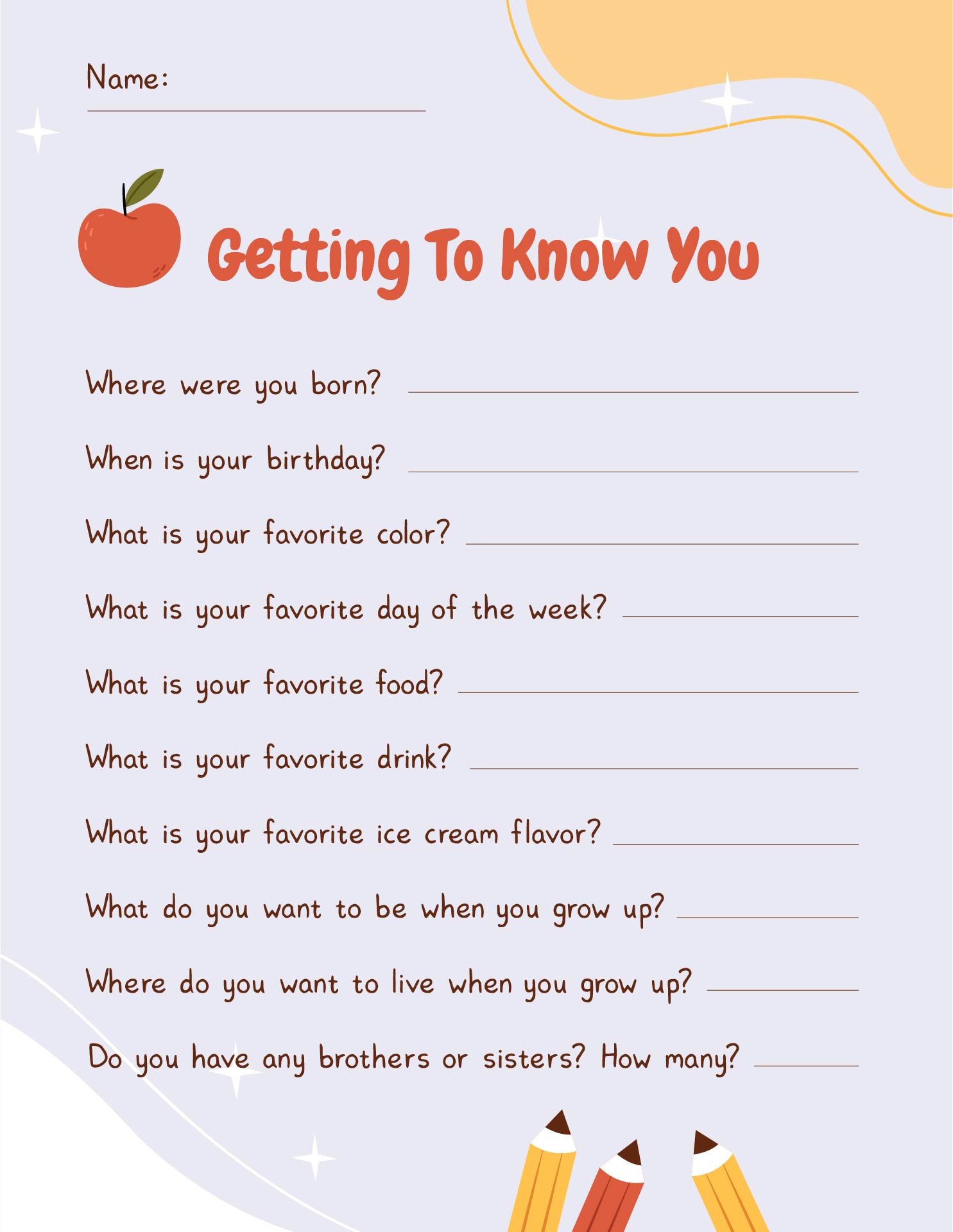

Kids Getting to Know You Worksheets
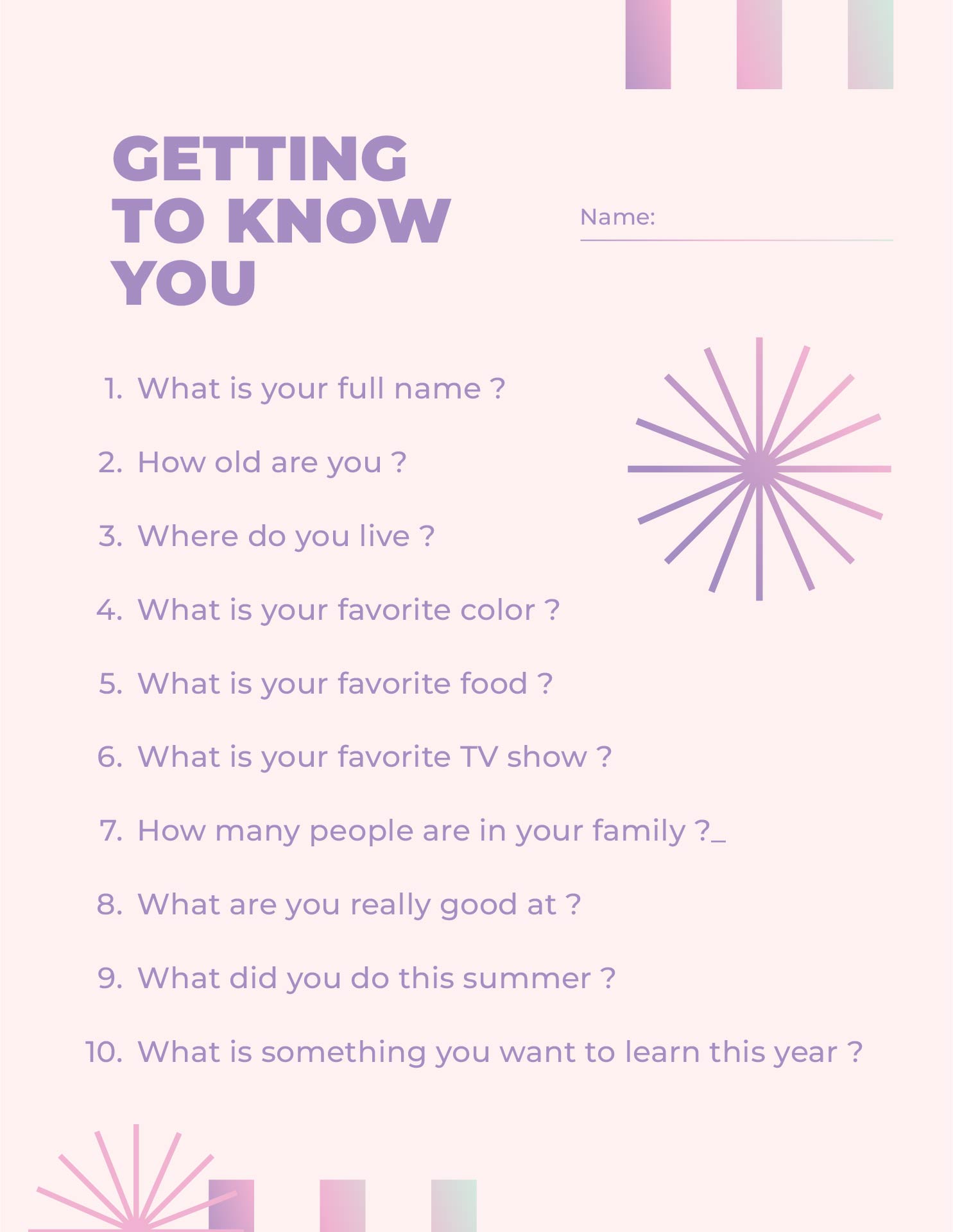

Adult Getting to Know You Worksheet Printable
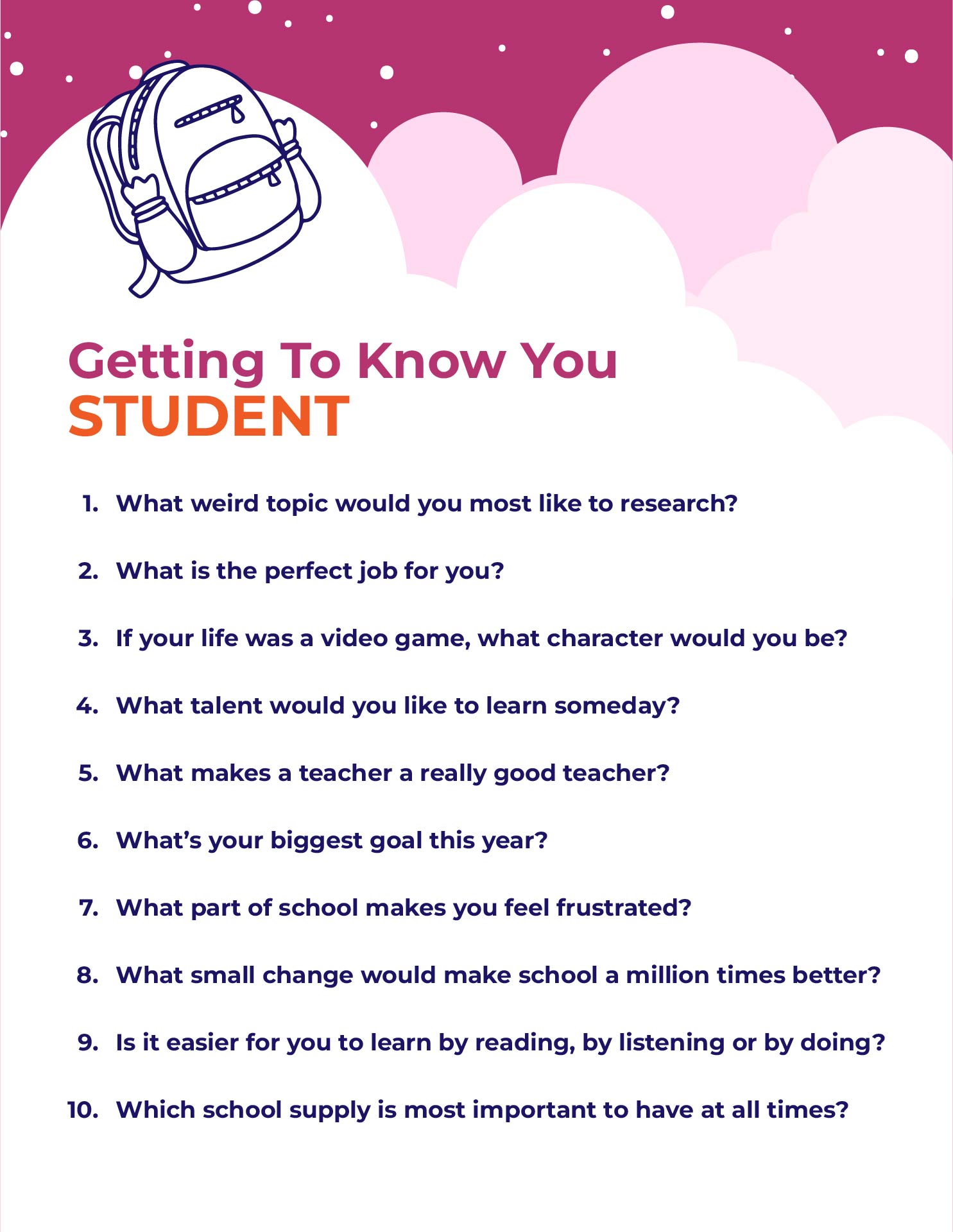

Student Getting to Know You Worksheet
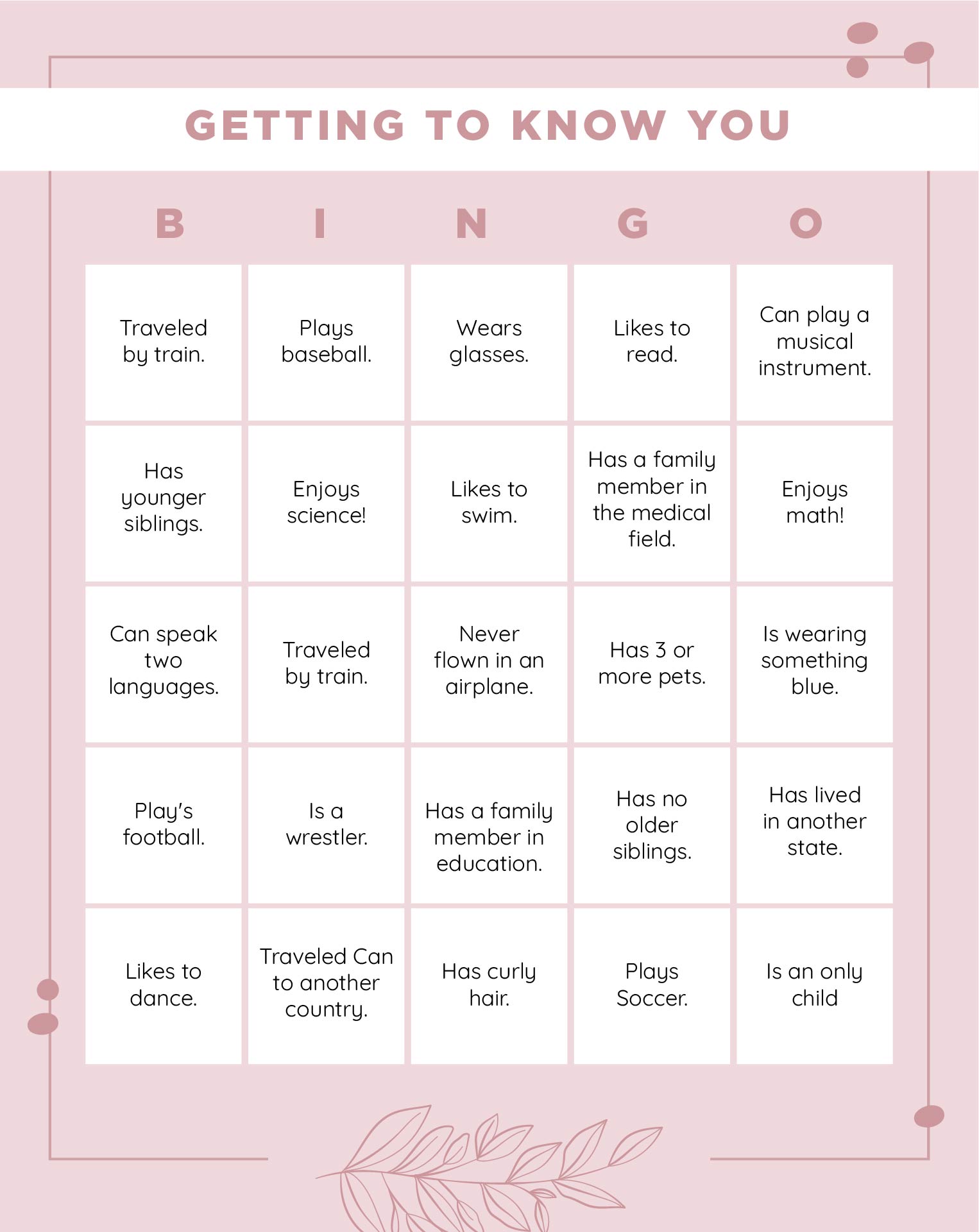

Getting to Know You Bingo
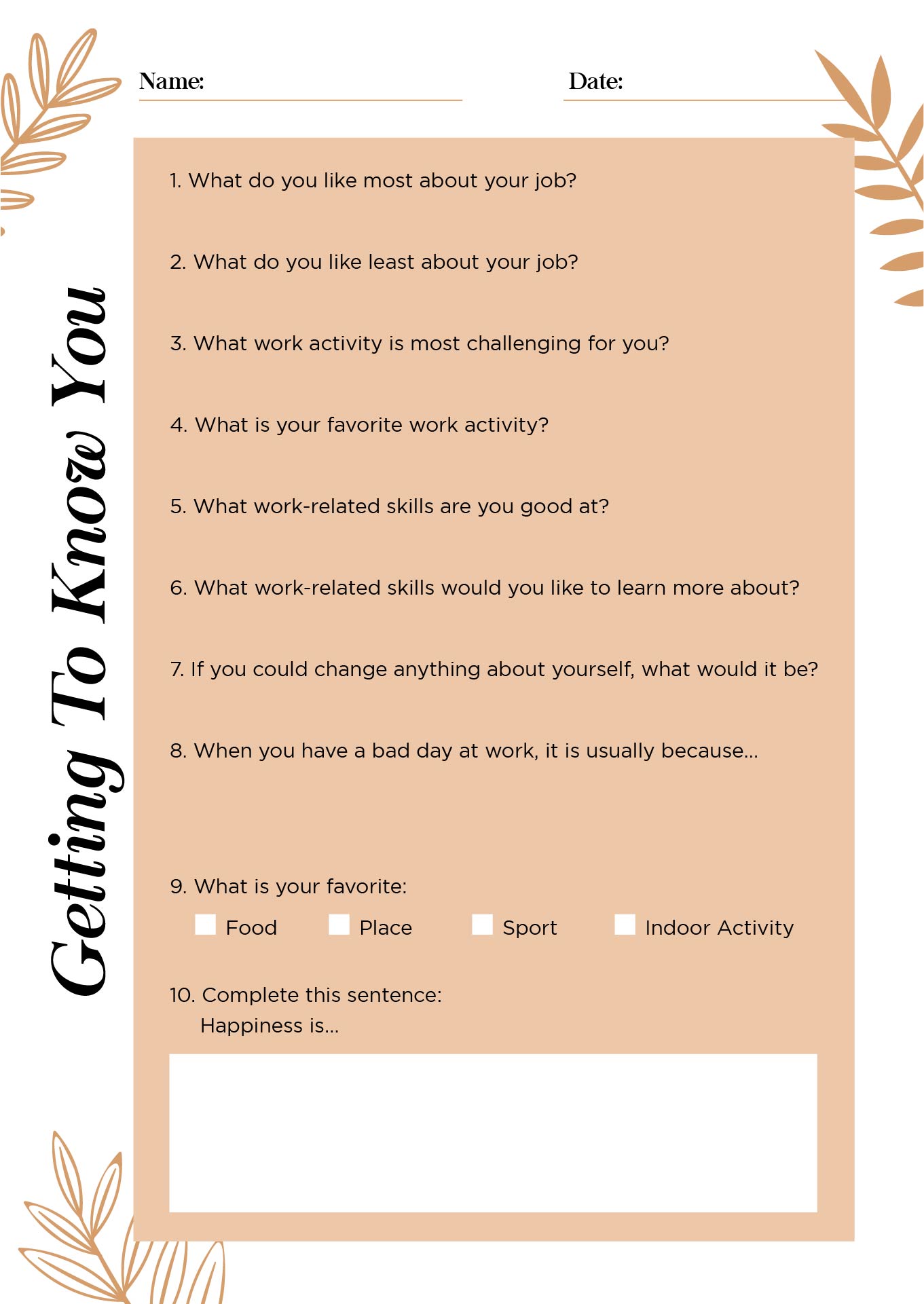

Getting to Know You Worksheet for Adults Printable
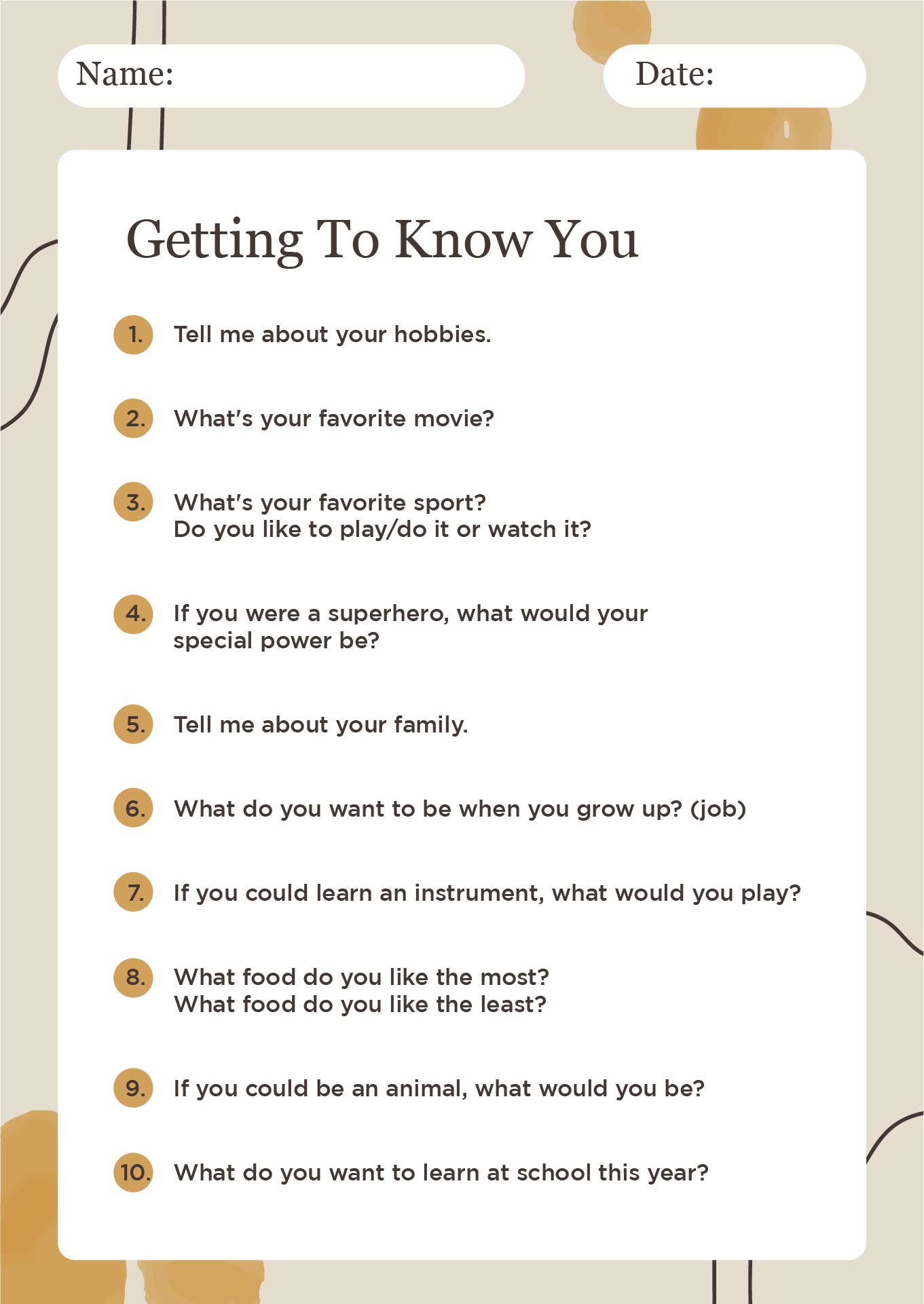

Get to Know You Questions Worksheet
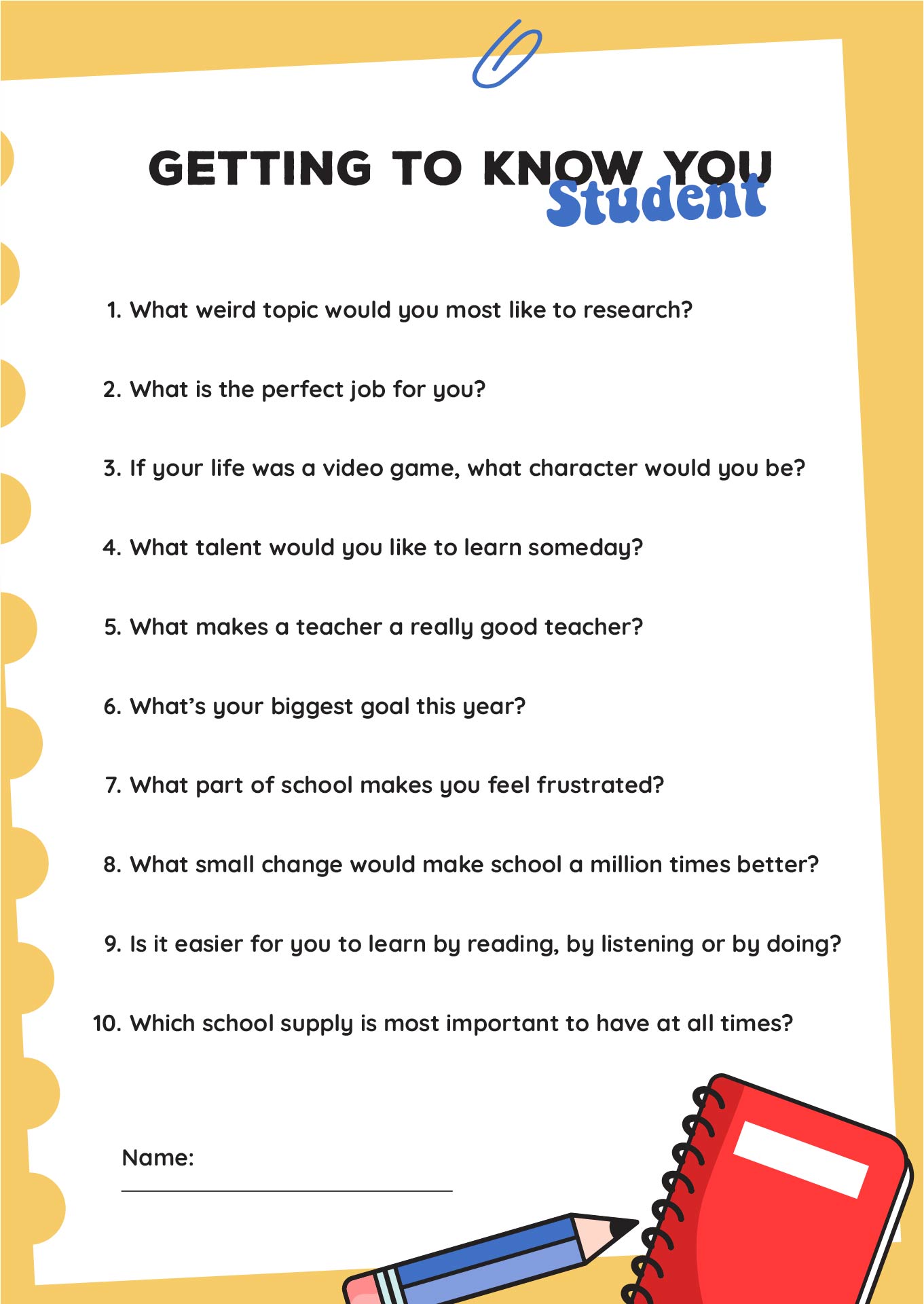 You Questions for Students" width="" height="" />
You Questions for Students" width="" height="" />

Getting to Know You Questions for Students
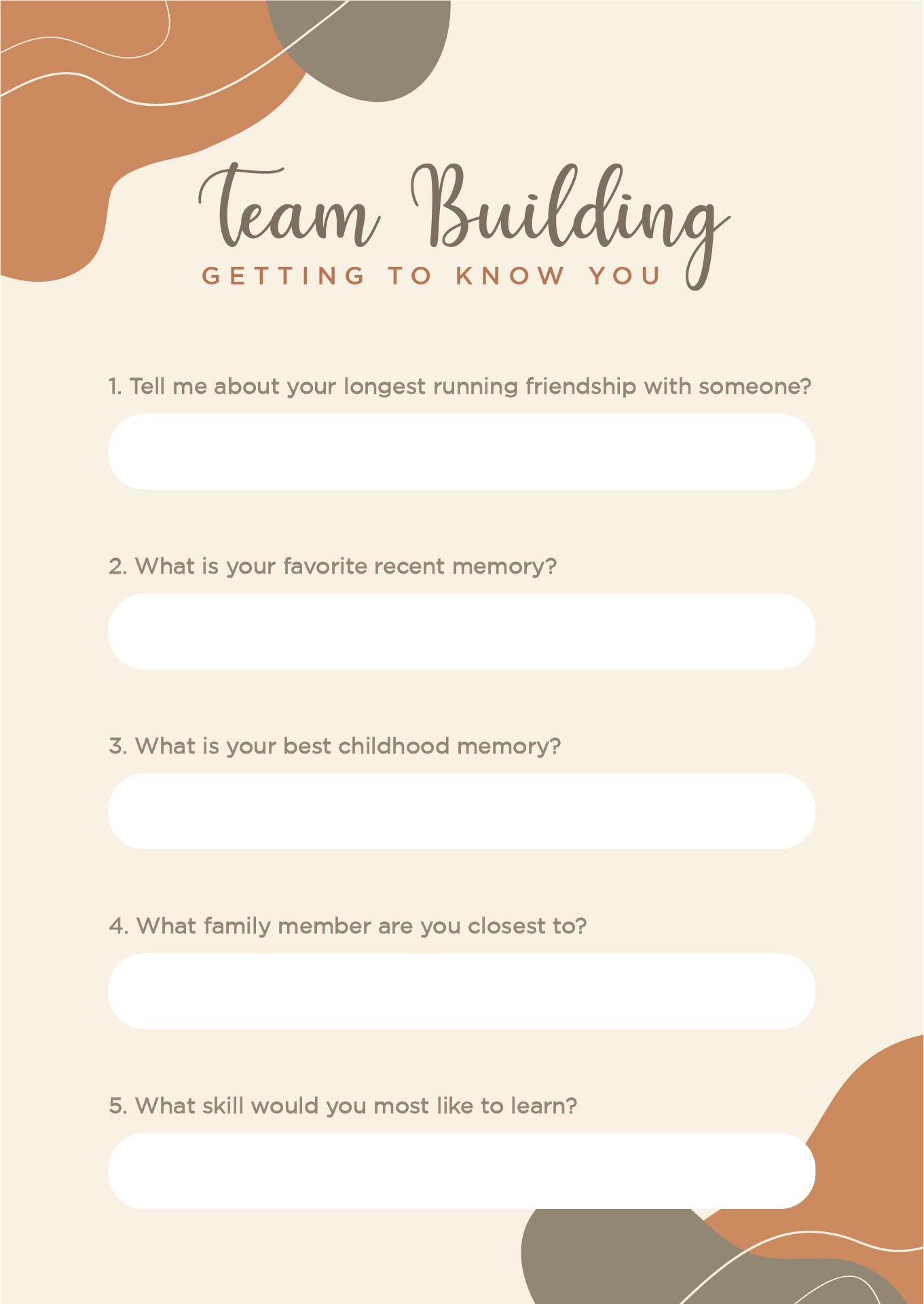

Team Building Activities Get to Know You
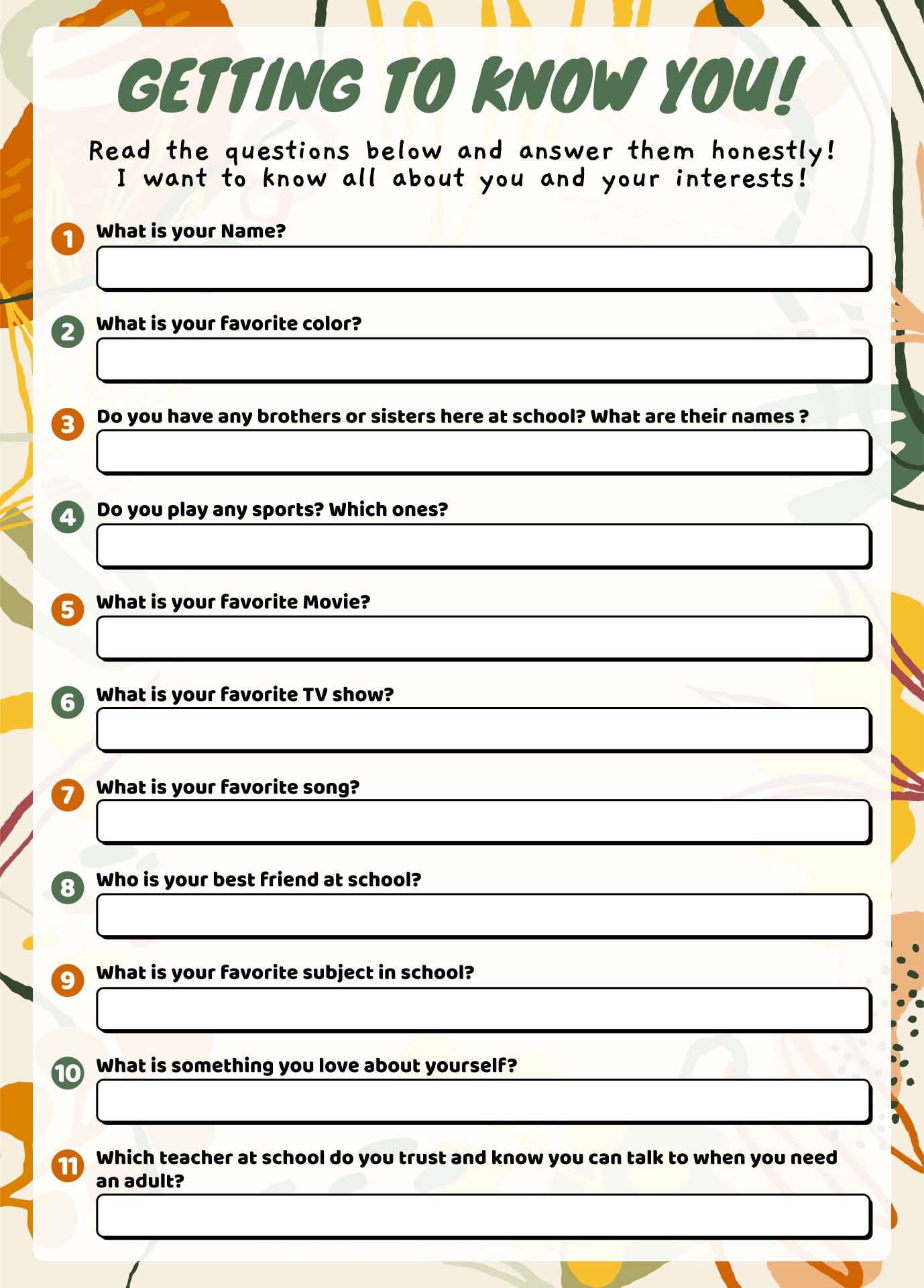

Getting To Know You ESL Worksheet Printable
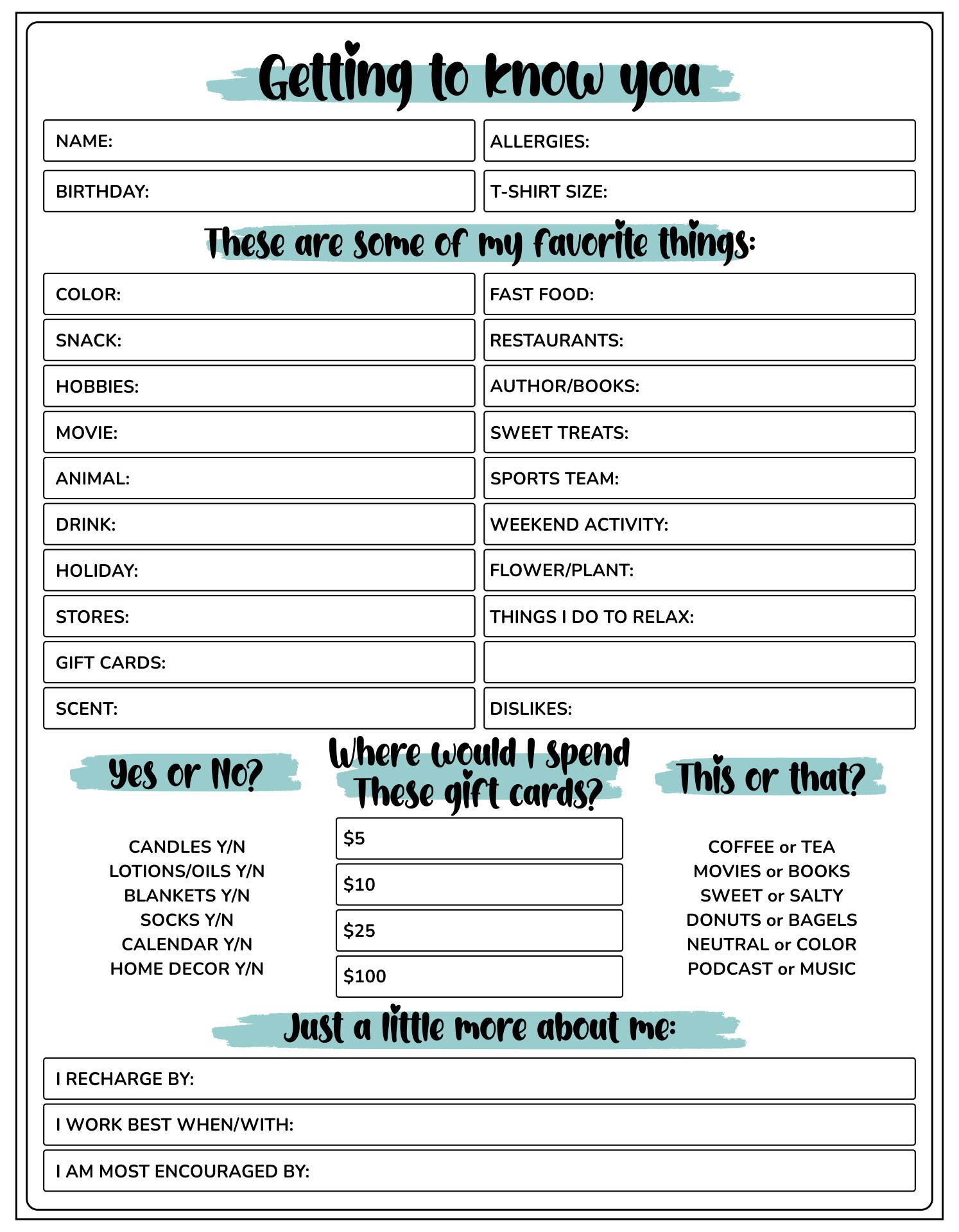

Printable Coworker Questions Getting To Know You
This worksheet is a great tool to facilitate classroom introductions, helping students learn about each other's interests, hobbies, and backgrounds. By filling out and sharing these worksheets at the beginning of the year or term, you can create a more connected and inclusive classroom environment. It encourages students to find common ground and build friendships, easing the transition into new academic settings.
Getting to Know You Bingo is an engaging activity that turns learning about classmates into a fun game. Each square contains a fact or trait, and students must find a classmate who matches each description to fill their card. This not only breaks the ice but also promotes active communication and listening skills among students, fostering a sense of community and teamwork in your classroom.
Using a set of targeted questions can be an effective way to encourage students to open up about themselves. This method offers a structured approach for students to share personal stories, preferences, and experiences, helping them to build deeper connections with their peers. Through guided discussion, your class can learn to appreciate the diverse backgrounds and perspectives that each student brings to the learning environment.